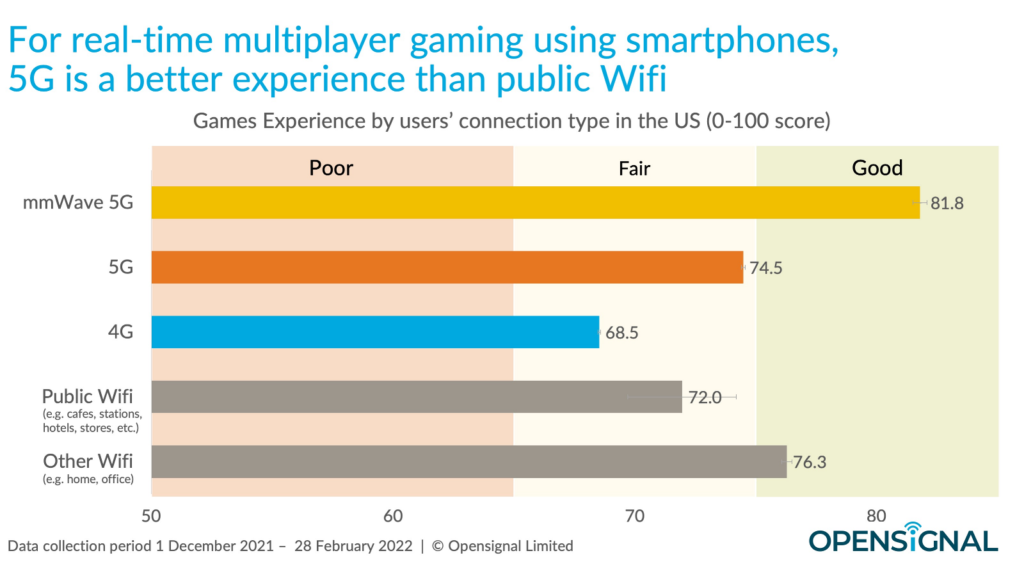Quantum information is encoded in qubits, the fundamental units of quantum computing. Superconducting qubits show promise for building powerful quantum computers, but their reliance on electrical signals and difficulty in scaling pose significant challenges.
Researchers at the Institute of Science and Technology Austria (ISTA) have made a breakthrough by achieving a fully optical readout of superconducting qubits. By leveraging fiber optics, they have minimized the cryogenic hardware needed for qubit measurements.
Georg Arnold, co-first author and former PhD student at ISTA, stated, “This innovative approach opens the door to increasing the number of qubits for practical computation purposes. It also paves the way for establishing a network of superconducting quantum computers interconnected via optical fibers at room temperature.”
Utilizing optics in quantum hardware presents unique challenges. Superconducting quantum systems operate at near absolute zero temperatures, where materials exhibit extraordinary properties. The electrical circuits in these systems must be cooled to extremely low temperatures to eliminate resistance and maintain continuous current flow indefinitely.
Arnold explained, “Superconducting qubits are inherently electrical in nature, requiring temperatures just fractions of a degree above absolute zero for their operation. This extreme cooling is even colder than outer space.”
Innovating Quantum Computing
Traditional electrical signals used in quantum systems have limited bandwidth, transmit minimal data, and are susceptible to noise and data loss. Additionally, they necessitate bulky cryogenic components for qubit measurements, leading to significant heat generation.
Optical signals, particularly those at telecom wavelengths, offer advantages such as minimal loss during transmission, reduced heat dissipation, and higher bandwidth. These characteristics make optics an ideal choice for superconducting quantum systems, albeit requiring translation for qubit interaction.
The research team embarked on the challenge of converting optical signals to qubits and vice versa for a fully optical readout in superconducting quantum systems.
“The goal is to eliminate all electrical signals to prevent excess heat from reaching the cooling chambers housing the qubits. While this is a formidable task, it is essential for enhancing system efficiency,” noted Thomas Werner, co-first author and PhD student at ISTA.
The team employed an electro-optic transducer to convert optical signals to microwave frequencies, which are comprehensible to qubits. The qubits then reflect a microwave signal, which the transducer reconverts into optical signals. This intricate process underscores the complexity of the technology.
“We have demonstrated that infrared light can be directed near the qubits without compromising their superconducting properties,” Werner added.
By using the electro-optic transducer as a switch, the team successfully linked qubits directly to the external environment, reducing the heat load from qubit measurements significantly.
“Our innovative technology has the potential to overcome the qubit limitations and facilitate the scalability of quantum computing by enabling greater qubit utilization,” Arnold emphasized.
Realizing a fully optical readout of superconducting qubits has enabled the elimination of numerous cumbersome electrical components. Conventional electrical readout systems are error-prone and demand costly cryogenic cooling for operation.
By disconnecting qubits from the electrical infrastructure using an electro-optic transducer, the researchers have transitioned to an all-optical setup, enhancing system robustness, efficiency, and cost-effectiveness.
This advancement could expand the pool of usable superconducting qubits and enable the creation of interconnected quantum computers using light. Quantum systems typically rely on dilution refrigerators for cooling the entire setup, including inter-module connections.
“However, these refrigerators have practical limitations and cannot be infinitely scaled,” Arnold pointed out.
Space and cooling constraints currently restrict the number of operational qubits. Nevertheless, researchers believe that connecting qubits from separate dilution refrigerators using optical fibers is now feasible.
“With the necessary infrastructure in place, we are on the verge of establishing the first quantum computing networks,” Arnold affirmed.
While significant progress has been made by ISTA physicists in advancing superconducting quantum hardware, further refinements are essential. The current prototype exhibits limitations, particularly in terms of optical power. Nonetheless, the successful demonstration of fully optical readout capabilities for superconducting qubits signals a promising future with continued industry advancements.
Journal Reference:
- Georg Arnold et al., All-optical superconducting qubit readout, Nature Physics (2025). DOI: 10.1038/s41567-024-02741-4



